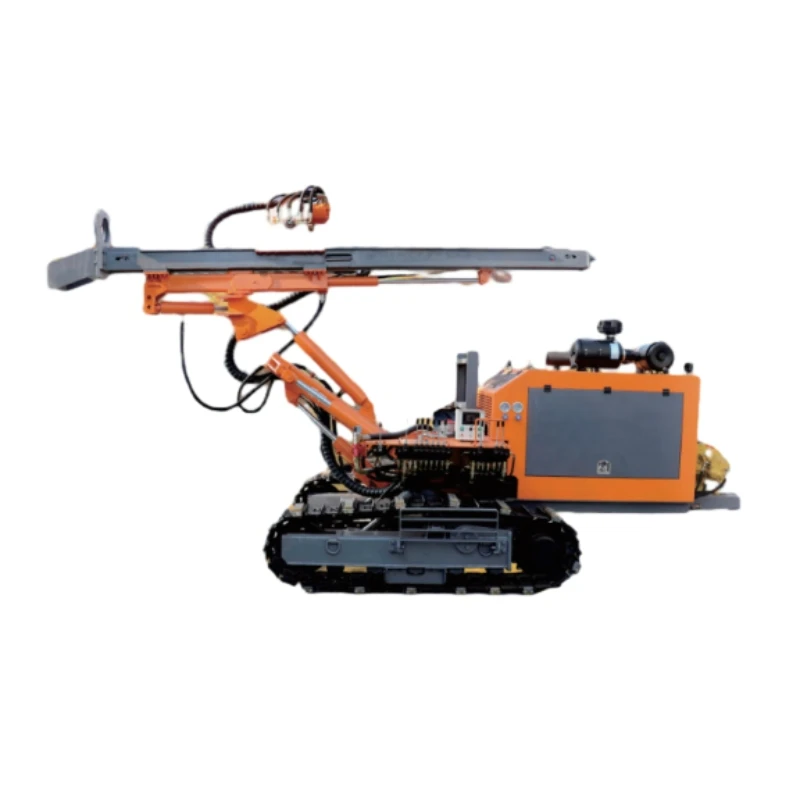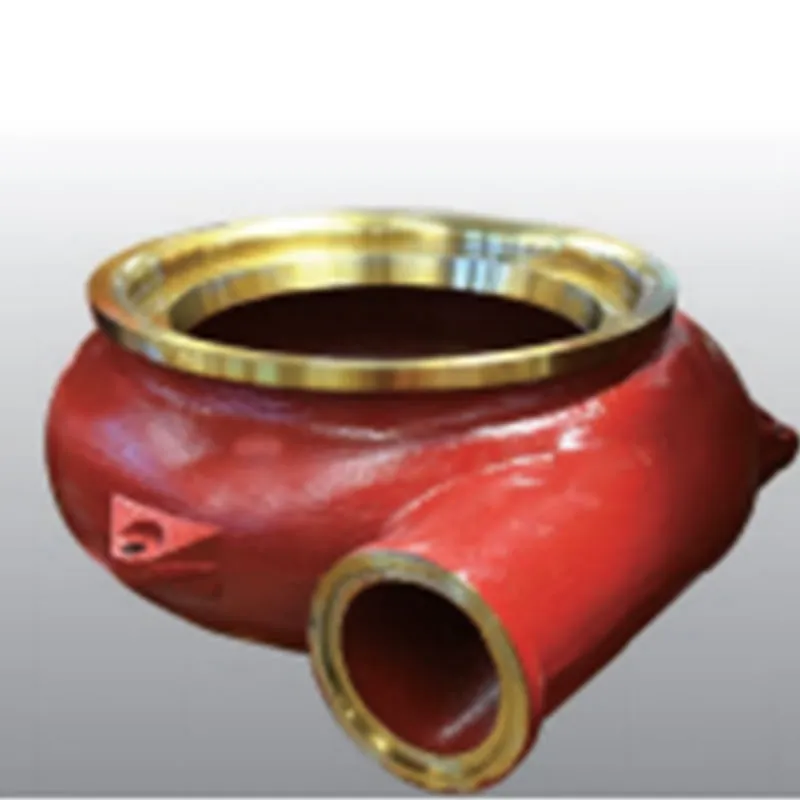- Afrikaans
- Albanian
- Amharic
- Arabic
- Armenian
- Azerbaijani
- Basque
- Bengali
- China
- China (Taiwan)
- Czech
- Danish
- Dutch
- English
- French
- German
- Greek
- Gujarati
- Haitian Creole
- hausa
- Miao
- Hungarian
- igbo
- Indonesian
- Italian
- Japanese
- Javanese
- Rwandese
- Korean
- Kyrgyz
- Lao
- Lithuanian
- Luxembourgish
- Macedonian
- Malgashi
- Malay
- Mongolian
- Myanmar
- Nepali
- Norwegian
- Persian
- Polish
- Portuguese
- Punjabi
- Russian
- Spanish
- Swahili
- Swedish
- Telugu
- Vietnamese
Jan . 10, 2025 08:48 Back to list
slurry pump design


A sophisticated understanding of operational dynamics underpins successful slurry pump implementation. The Net Positive Suction Head (NPSH) must exceed the minimum required to avoid cavitation, a phenomenon that can severely damage the pump. Designers must account for factors like the slurry's specific gravity, which affects pressure calculations. Additionally, the piping system's layout, including its length and diameter, influences the total head required and should be incorporated early in the design phase. Reliability in harsh environments predicates ongoing maintenance plans as part of the design strategy. Features like adjustable impeller spacing and replaceable liners facilitate more straightforward maintenance, extending the pump's lifecycle. Additionally, integrating sensors for conditions such as vibration and pressure allows real-time monitoring, enabling preventative measures over reactive repairs. Ultimately, the integrity of a slurry pump design rests on combining in-depth material knowledge, advanced computational techniques, and a strategic understanding of operational parameters. The longevity and efficiency of these pumps directly correlate with how well these elements are harmonized. Through expert design and proactive maintenance planning, industries can achieve seamless operations, ensuring the reliability and effectiveness of their slurry transport systems.
-
Low-Cost Borehole Drilling Machine for Small-Scale Projects
NewsJul.11,2025
-
Carbide Bullet Teeth for Abrasive Formations: Powering Industrial Drilling Efficiency
NewsJul.11,2025
-
Advantages of Down-the-Hole Drill Bits in Geothermal Projects
NewsJul.11,2025
-
Hole Hammer Use in Water Well Drilling
NewsJul.11,2025
-
Benefits of a Mobile Diesel Compressor in Construction
NewsJul.11,2025
-
Benefits of Diesel Portable Screw Air Compressors
NewsJul.11,2025

















